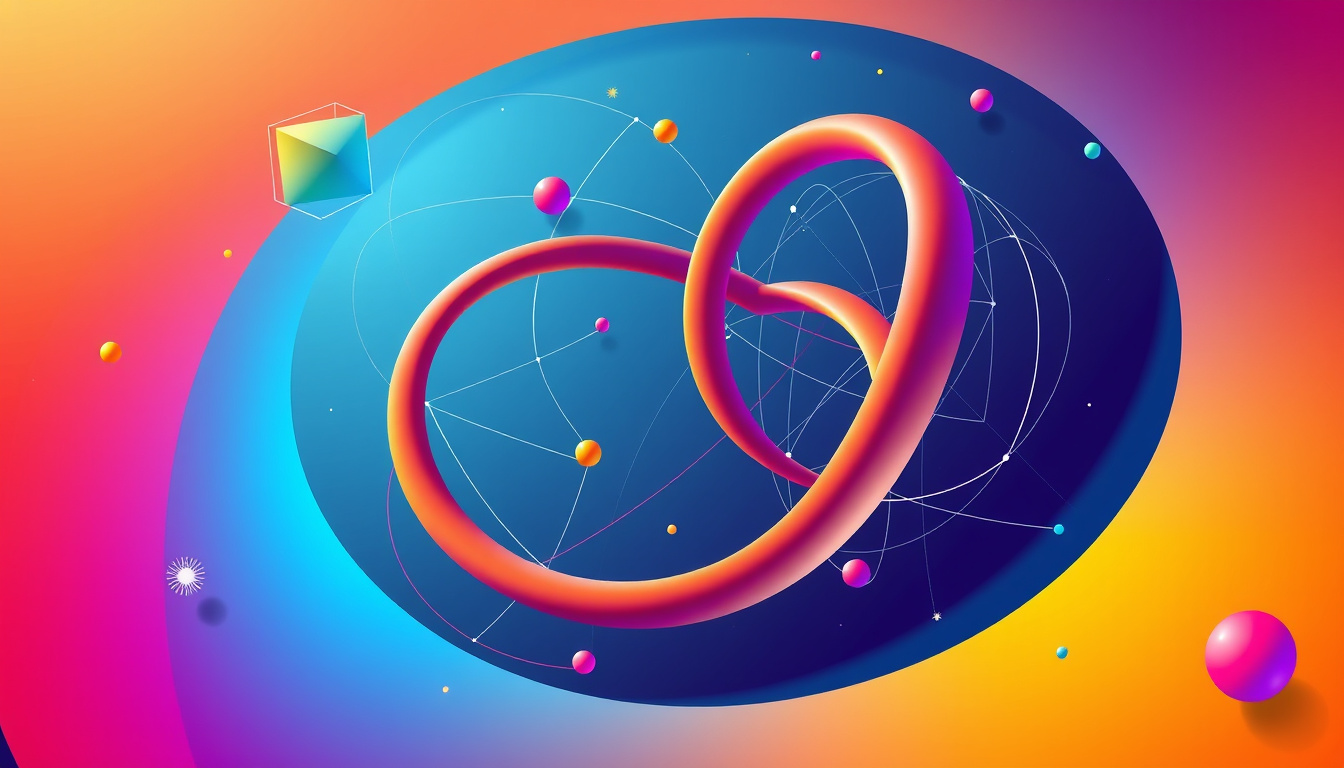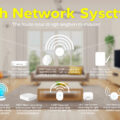Topology is a fascinating branch of mathematics that studies the properties of space that remain invariant under continuous transformations, such as stretching, twisting, or bending. From its origins in the works of early mathematicians like Euler to its modern applications in diverse fields like biology, computer science, and physics, topology has significantly influenced our understanding of spatial relationships and shapes.
The Historical Context of Topology
The roots of topology can be traced back to the 17th century when mathematician Gottfried Wilhelm Leibniz formulated ideas regarding spatial relationships, which he called "geometria situs." However, it was Leonhard Euler’s 1736 solution to the Seven Bridges of Königsberg problem that is often credited as the inception of topology. This problem involved finding a route through the city that crossed each of its seven bridges exactly once—a feat that was proven impossible based solely on the connectivity between the bridges and islands, rather than their physical distances.
The term "topology" itself was first introduced by Johann Benedict Listing in the 19th century, with the notion of a topological space being more formally developed in the early 20th century. This discipline was further expanded by notable mathematicians like Henri Poincaré, who introduced critical concepts such as homotopy and homology, now pillars of algebraic topology.
Fundamental Concepts in Topology
Topological Spaces
At its core, topology studies topological spaces, which are sets equipped with structures that allow for the definition of continuity and convergence. A groundbreaking element of topology is its focus on properties that are preserved through continuous deformation. Key topological properties include:
-
Connectedness: A space is connected if it cannot be divided into two disjoint open sets. For instance, a circle is connected, while two separate circles are not.
-
Compactness: This property generalizes the notion of closed and bounded subsets in Euclidean space. For example, a closed interval in the real numbers is compact while an open interval is not.
-
Dimension: Topology allows for the classification of spaces into various dimensions, such as points (0-dimensional), curves (1-dimensional), surfaces (2-dimensional), and beyond.
Homeomorphisms and Topological Equivalence
A fundamental aspect of topology is the concept of homeomorphism, which describes when two topological spaces can be transformed into one another through continuous deformations. For example, a coffee mug and a doughnut are considered topologically equivalent since one can be morphed into the other without cutting or gluing.
Another important concept is homotopy, which deals with the idea of deforming a function continuously. Two shapes are homotopy equivalent if they can be continuously transformed into each other via a sequence of transformations.

Applications of Topology
Topology is not merely an abstract field of mathematics; its applications span various domains:
-
Biology: In the study of biological structures, topology helps to understand complex relationships in ecological systems and the shapes of proteins in molecular biology.
-
Computer Science: Topological concepts are pivotal in areas such as data analysis and robotics, providing insights into spatial computing and network analysis.
-
Physics: In theoretical physics, topology plays a crucial role in understanding the universe’s structure, particularly in areas like cosmology and quantum field theory.
-
Art and Design: Topology also finds its way into fiber art and design, where principles of shape and form are explored creatively.
Conclusion
The discipline of topology reveals a unique perspective on the world around us, emphasizing the importance of spatial relationships independent of exact measurements and physical properties. Whether one is delving into complex mathematical theory or exploring practical applications, topology offers profound insights that transcend conventional geometric understanding. As this field continues to evolve, its implications will undoubtedly extend into new and innovative realms.



